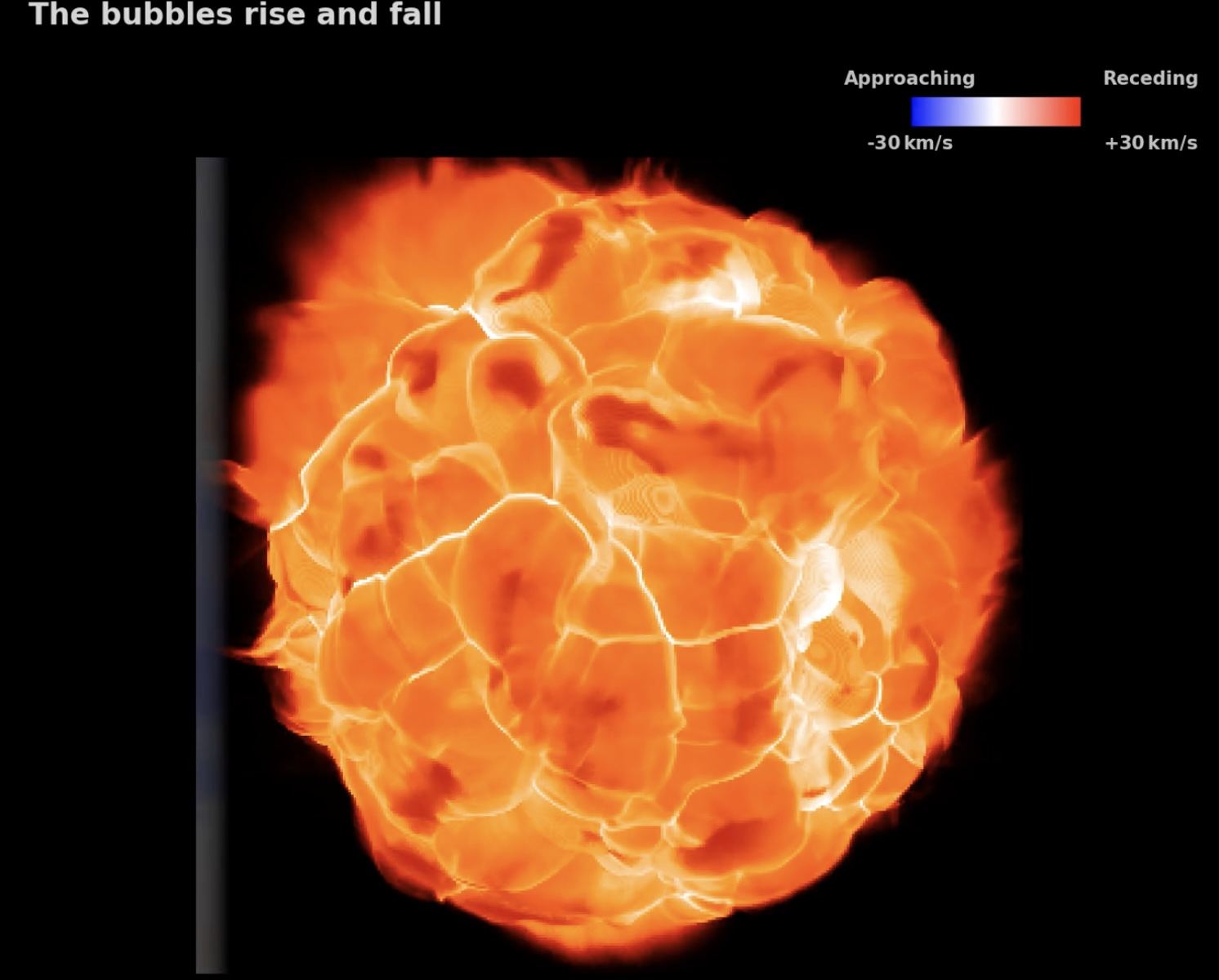Of all the unanswered questions in modern science, perhaps the most talked about is whether we are alone in the Universe. A new paper looks at another way we might be able to detect advanced civilisations and at its centre is the need for energy! The more advanced a civilisation becomes, the greater their need for energy and one of the most efficient ways, according to current theories, is to harness the energy from an actively feeding black hole. The paper suggests a civilisation feeding matter into a black hole could harvest energy from it, more excitingly perhaps, the process could be detectable within 17,000 light years!
More Bodies Discovered in the Outer Solar System
The outer Solar System has been a treasure trove of discoveries in recent decades. Using ground-based telescopes, astronomers have identified eight large bodies since 2002 – Quouar, Sedna, Orcus, Haumea, Salacia, Eris, Makemake, and Gonggang. These discoveries led to the “Great Planet Debate” and the designation “dwarf planet,” an issue that remains contentious today. On December 21st, 2018, the New Horizons mission made history when it became the first spacecraft to rendezvous with a Kuiper Belt Object (KBO) named Arrokoth – the Powhatan/Algonquin word for “sky.”
Since 2006, the Subaru Telescope at the Mauna Kea Observatory in Hawaii has been observing the outer Solar System to search for other KBOs the New Horizons mission could study someday. In that time, these observations have led to the discovery of 263 KBOs within the traditionally accepted boundaries of the Kuiper Belt. However, in a recent study, an international team of astronomers identified 11 new KBOs beyond the edge of what was thought to be the outer boundary of the Kuiper Belt. This discovery has profound implications for our understanding of the structure and evolution of the Solar System.
Continue reading “More Bodies Discovered in the Outer Solar System”ALMA Detects Hallmark “Wiggle” of Gravitational Instability in Planet-Forming Disk

According to Nebula Theory, stars and their systems of planets form when a massive cloud of gas and dust (a nebula) undergoes gravitational collapse at the center, forming a new star. The remaining material from the nebula then forms a disk around the star from which planets, moons, and other bodies will eventually accrete (a protoplanetary disk). This is how Earth and the many bodies that make up the Solar System came together roughly 4.5 billion years ago, eventually settling into their current orbits (after a few migrations and collisions).
However, there is still debate regarding certain details of the planet formation process. On the one hand, there are those who subscribe to the traditional “bottom-up” model, where dust grains gradually collect into larger and larger conglomerations over tens of millions of years. Conversely, you have the “top-down” model, where circumstellar disk material in spiral arms fragments due to gravitational instability. Using the Atacama Large Millimeter/submillimeter Array (ALMA), an international team of astronomers found evidence of the “top-down” model when observing a protoplanetary disk over 500 light-years away.
Continue reading “ALMA Detects Hallmark “Wiggle” of Gravitational Instability in Planet-Forming Disk”Astronomers See Planets Forming Around Binary Stars
Over 5,000 exoplanets have been discovered around distant star systems. Protoplanetary disks have been discovered too and it’s these, out of which all planetary systems form. Such disks have recently been found in two binary star systems. The stellar components in one have a separation of 14 astronomical units (the average distance between the Earth and Sun is one astronomical unit) and the other system has a separation of 22 astronomical units. Studying systems like these allow us to see how the stars of a binary system interact and how they can distort protoplanetary disks.
Continue reading “Astronomers See Planets Forming Around Binary Stars”A Star Became 1,000 Times Brighter, and Now Astronomers Know Why
![Artist’s impression of one of the two stars in the FU Orionis binary system, surrounded by an accreting disk of material. What has caused this star — and others like it — to dramatically brighten? [NASA/JPL-Caltech]](https://www.universetoday.com/wp-content/uploads/2020/02/PIA20689_fig1.jpg)
Astronomers were surprised in 1937 when a star in a binary pair suddenly brightened by 1,000 times. The pair is called FU Orionis (FU Ori), and it’s in the constellation Orion. The sudden and extreme variability of one of the stars has resisted a complete explanation, and since then, FU Orionis has become the name for other stars that exhibit similar powerful variability.
Continue reading “A Star Became 1,000 Times Brighter, and Now Astronomers Know Why”Baby Stars Discharge “Sneezes” of Gas and Dust
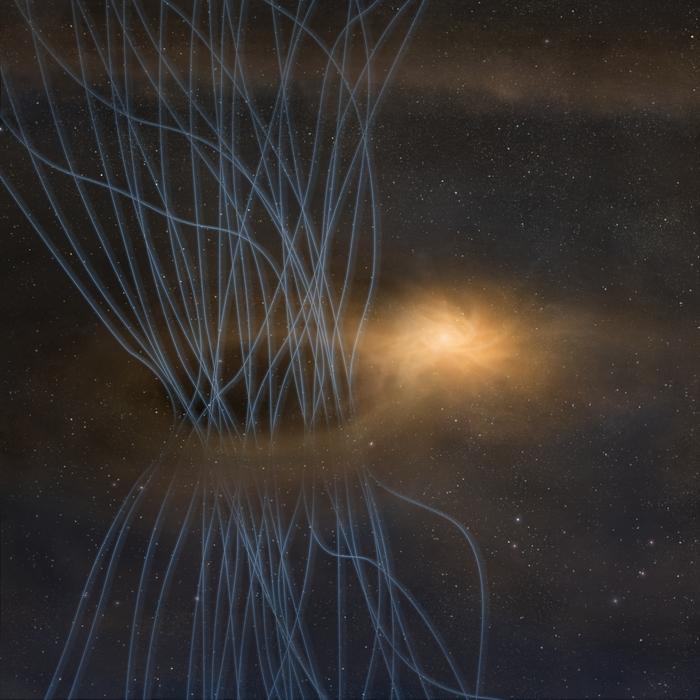
I’m really not sure what to call it but a ‘dusty sneeze’ is probably as good as anything. We have known for some years that stars surround themselves with a disk of gas and dust known as the protostellar disk. The star interacts with it, occasionally discharging gas and dust regularly. Studying the magnetic fields revealed that they are weaker than expected. A new proposal suggests that the discharge mechanism ‘sneezes’ some of the magnetic flux out into space. Using ALMA, the team are hoping to understand the discharges and how they influence stellar formation.
Continue reading “Baby Stars Discharge “Sneezes” of Gas and Dust”Webb Joins the Hunt for Protoplanets
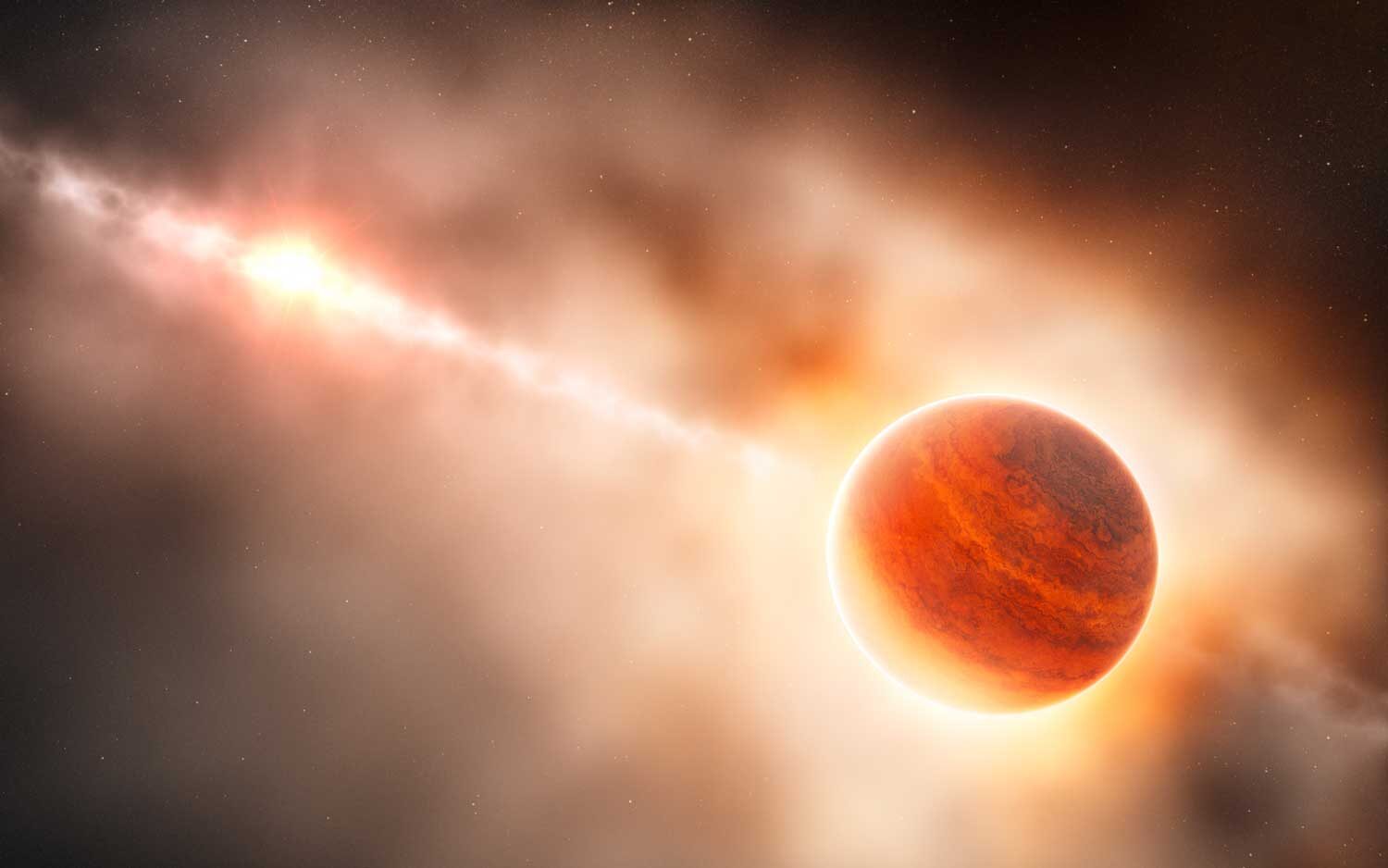
We can’t understand what we can’t clearly see. That fact plagues scientists who study how planets form. Planet formation happens inside a thick, obscuring disk of gas and dust. But when it comes to seeing through that dust to where nascent planets begin to take shape, astronomers have a powerful new tool: the James Webb Space Telescope.
Continue reading “Webb Joins the Hunt for Protoplanets”Betelgeuse’s Surface is Boiling Furiously
Of all the stars in the sky, betelgeuse must be among the most enigmatic. One of its many mysteries surrounds the speed of its rotation which is surprisingly fast for a supergiant star. If it were placed where the Sun was, then its photosphere (visible layer) would be out around the orbit of Jupiter and it would be moving at 5 km/s. A new study now hints that instead of high rotation, it may be that the surface is boiling so furiously that it has been mistakingly identified as fast rotation.
Continue reading “Betelgeuse’s Surface is Boiling Furiously”This Planet-Forming Disk has More Water Than Earth’s Oceans
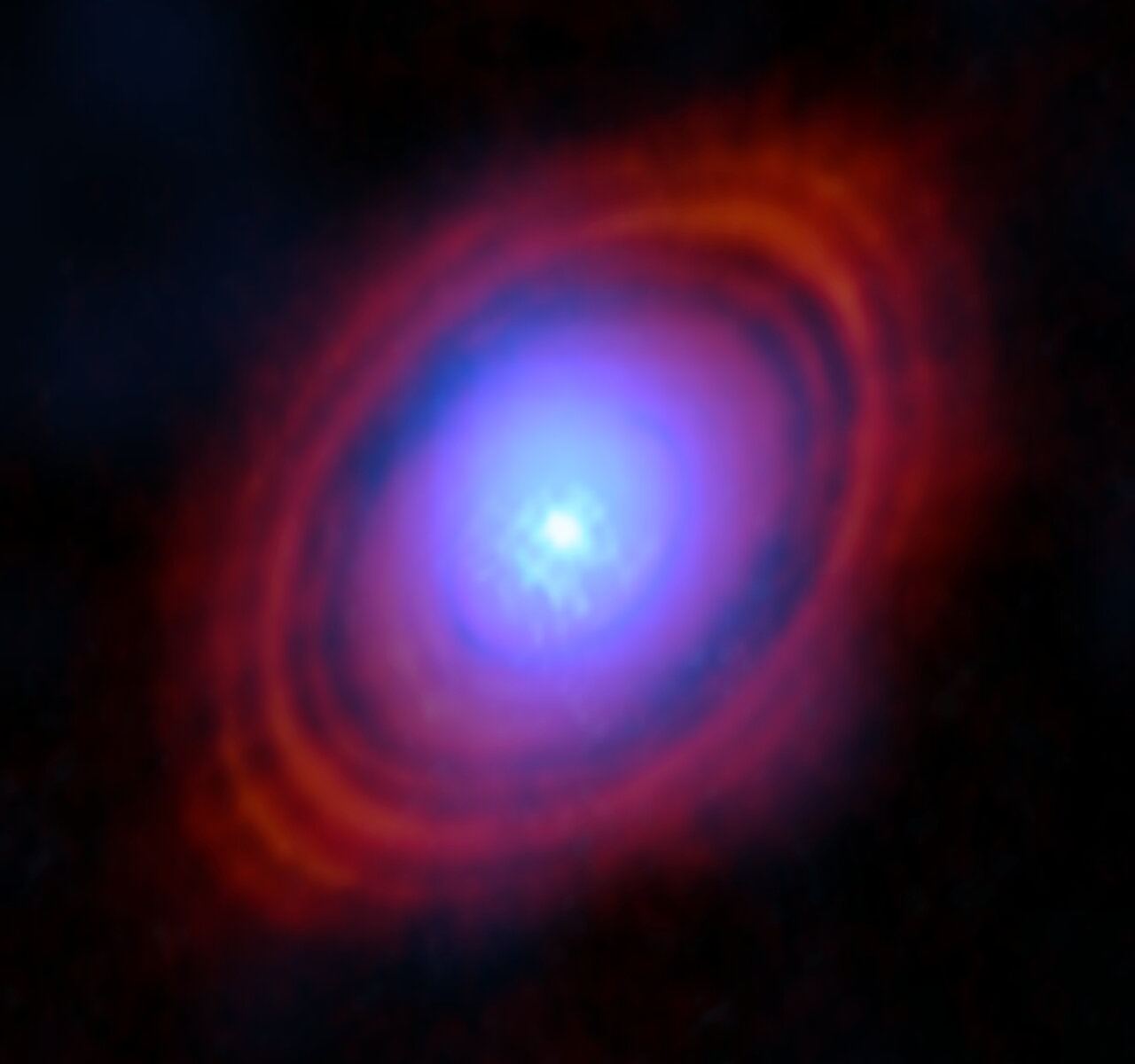
Astronomers have detected a large amount of water vapour in the protoplanetary disk around a young star. There’s at least three times as much water among the dust as there is in all of Earth’s oceans combined. And it’s not spread throughout the disk; it’s concentrated in the inner disk region.
Continue reading “This Planet-Forming Disk has More Water Than Earth’s Oceans”A Protoplanetary Disc Has Been Found… in Another Galaxy!
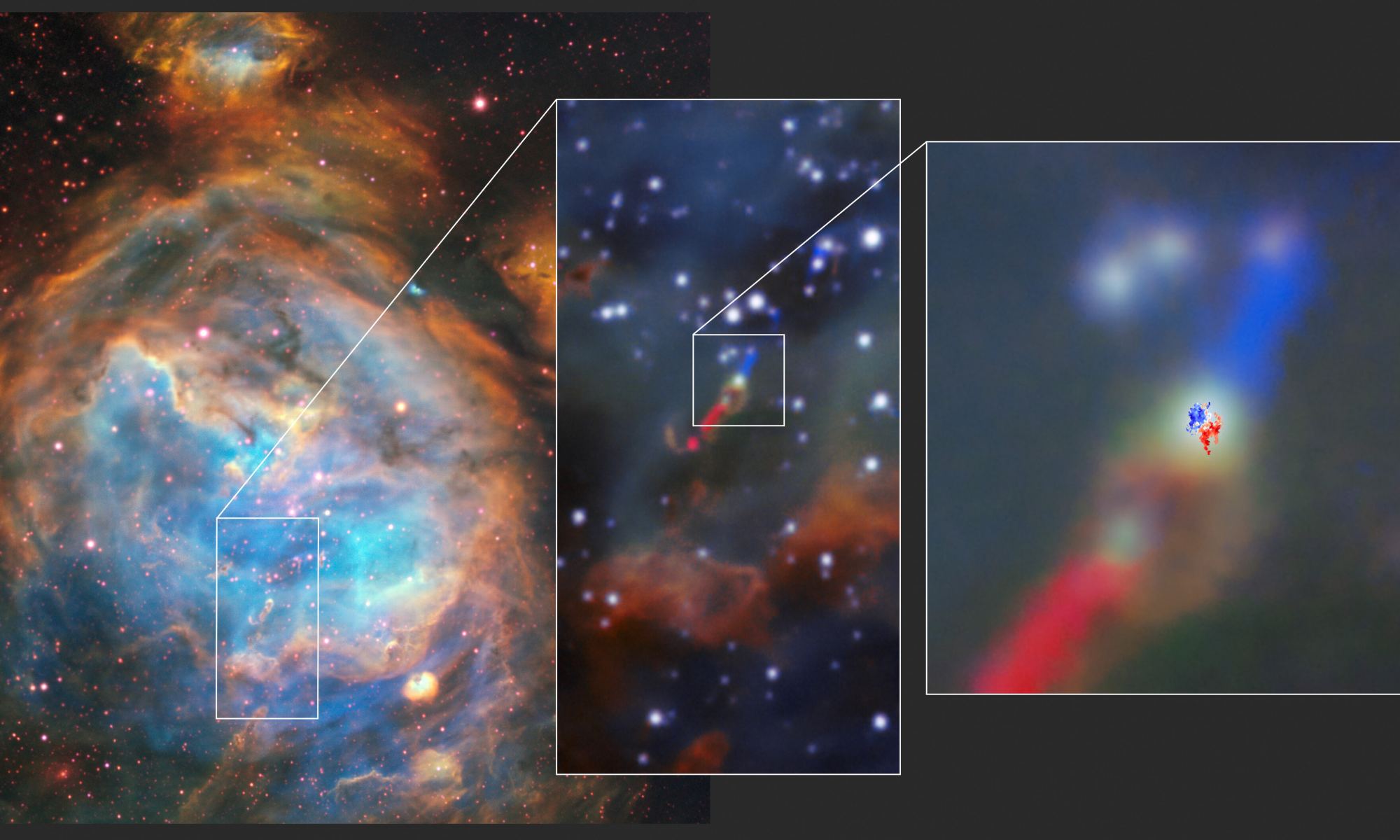
Astronomers have imaged dozens of protoplanetary discs around Milky Way stars, seeing them at all stages of formation. Now, one of these discs has been found for the first time — excitingly — in another galaxy. The discovery was made using the Atacama Large Millimeter/Submillimeter Array (ALMA) in Chile along with the , which detected the telltale signature of a spinning disc around a massive star in the Large Magellanic Cloud, located 160,000 light-years away.
Continue reading “A Protoplanetary Disc Has Been Found… in Another Galaxy!”



